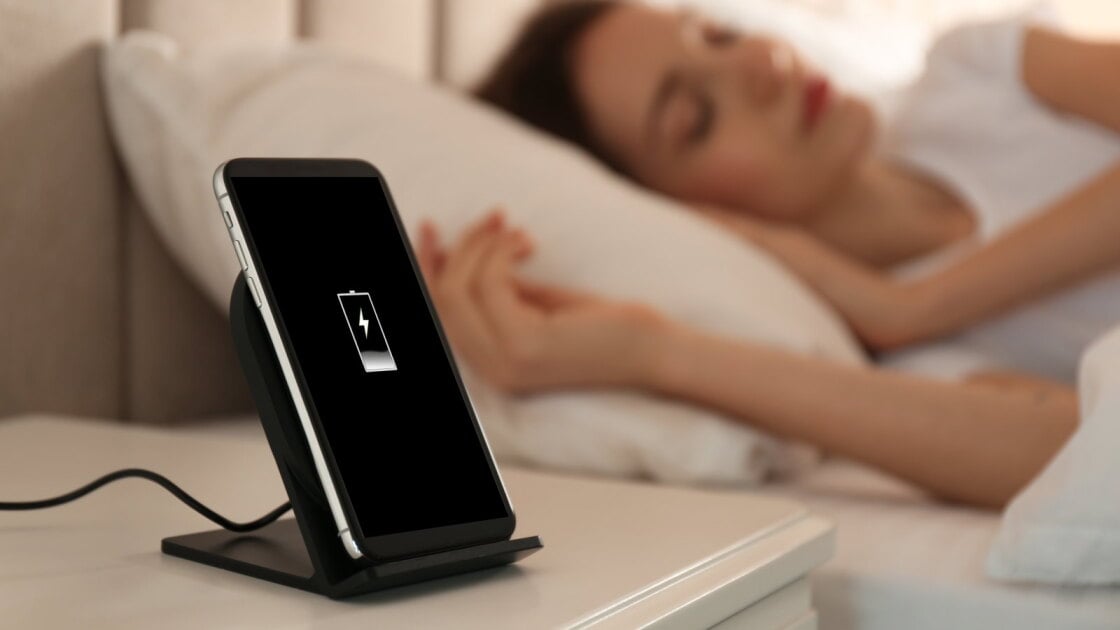In YouTube videos, it is said that charging a smartphone battery to 100% can shorten its lifespan. Is this true? I have always charged all batteries to 100%, whether it is a phone, laptop, camera, or drill battery. Does this rule also apply to drill batteries? When charging batteries, you can only see the charging level in smartphones, but when charging a camera or drill, it is not known when it is at 90% or 95% charge. When using a laptop at home as a desktop computer, if it is plugged into an outlet, the battery is always charged to 100%, and if you disconnect the laptop from the outlet every now and then at 95% battery charge, the battery supposedly wears out quickly because it is frequently charged and discharged. Is there any application for Windows 10 and Android smartphones that sets an alarm when the battery is charged to 95%? Does charging an electric bike or electric car to full capacity also wear out the battery faster? Batteries deteriorate quickly in the sun, so if someone had an electric bike or car, would they have to keep moving the vehicle towards the shifting shade when parked under a tree?
It is also said to let the phone battery discharge completely to zero once a month because electrons in the battery need to move around from time to time, and it is not good for them to be in the same place all the time. Therefore, if you let the phone completely discharge, the electrons will rearrange themselves in the battery again. Is this true? Is it true that once the battery is charged to 100%, every minute and hour of charging wears out the battery and shortens its lifespan?
Is it true that when a smartphone battery is being charged, the electronics disconnect the power supply to the battery once it reaches 100%? I have some batteries that don't fit any device, but I keep them just in case and once every six months, I charge them directly from the charger through a clip that I attach directly to the battery. Can such charging permanently damage the batteries, or is it better to keep them completely discharged when there is no possibility of charging them through any device, and when the only charging option is directly through the charger?
It is also said to let the phone battery discharge completely to zero once a month because electrons in the battery need to move around from time to time, and it is not good for them to be in the same place all the time. Therefore, if you let the phone completely discharge, the electrons will rearrange themselves in the battery again. Is this true? Is it true that once the battery is charged to 100%, every minute and hour of charging wears out the battery and shortens its lifespan?
Is it true that when a smartphone battery is being charged, the electronics disconnect the power supply to the battery once it reaches 100%? I have some batteries that don't fit any device, but I keep them just in case and once every six months, I charge them directly from the charger through a clip that I attach directly to the battery. Can such charging permanently damage the batteries, or is it better to keep them completely discharged when there is no possibility of charging them through any device, and when the only charging option is directly through the charger?



